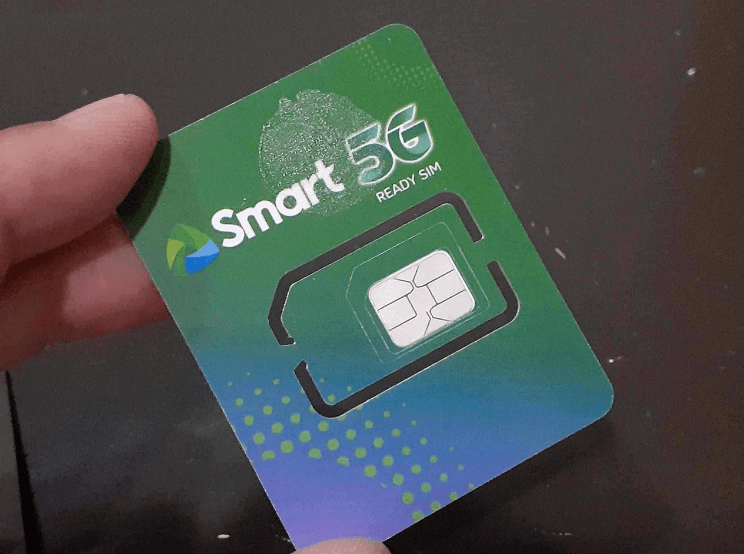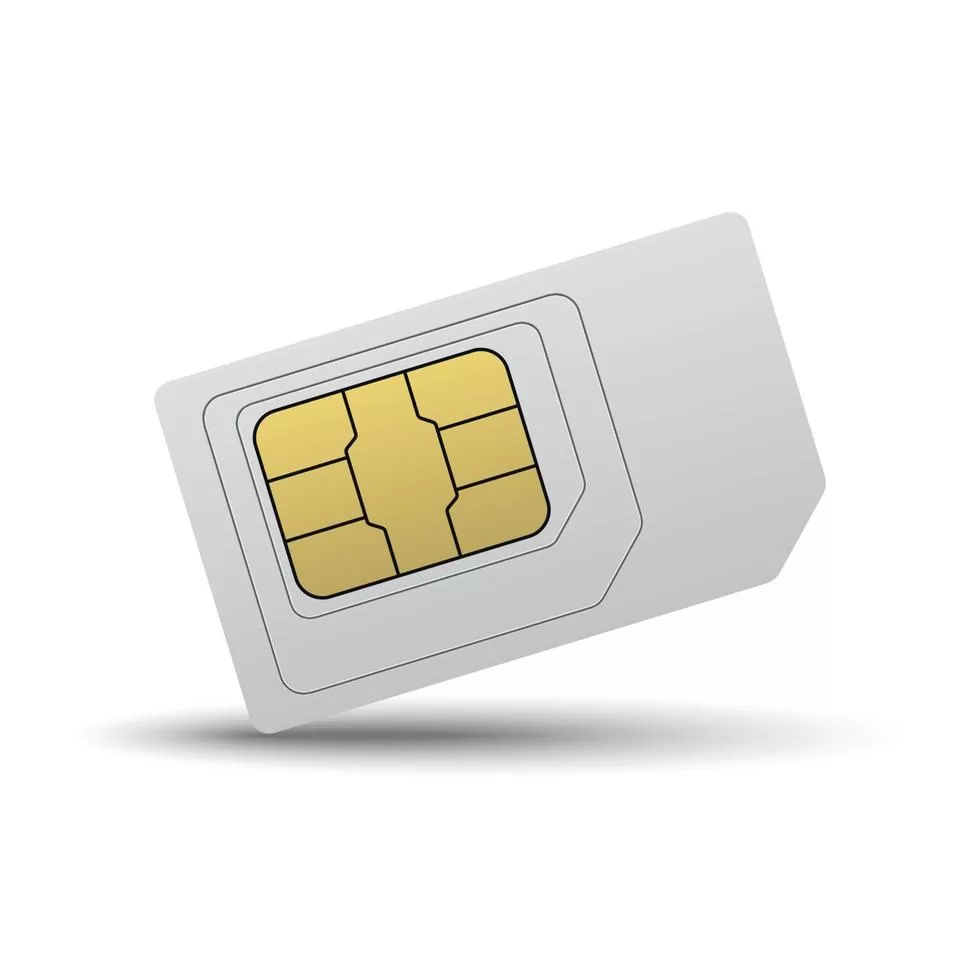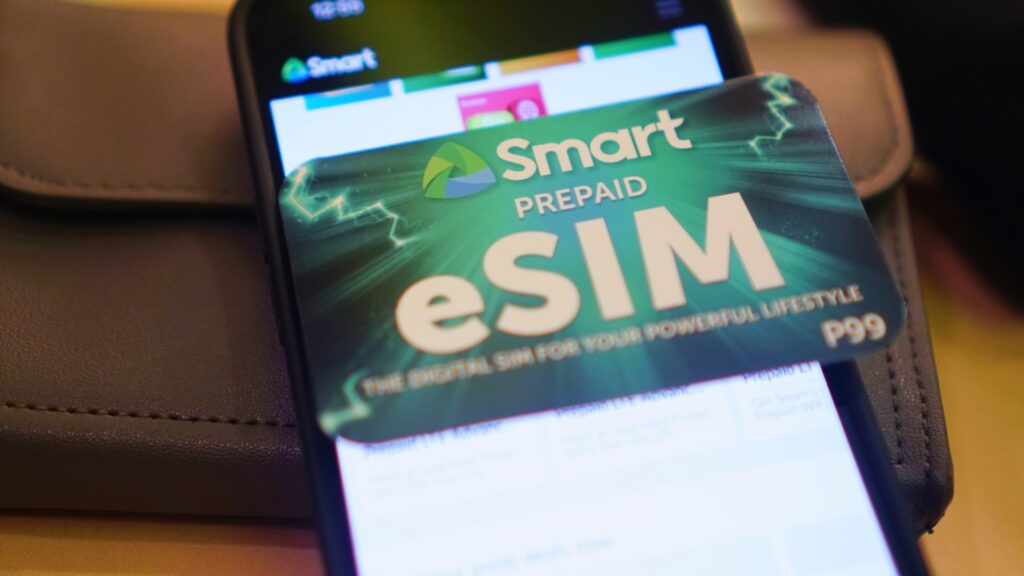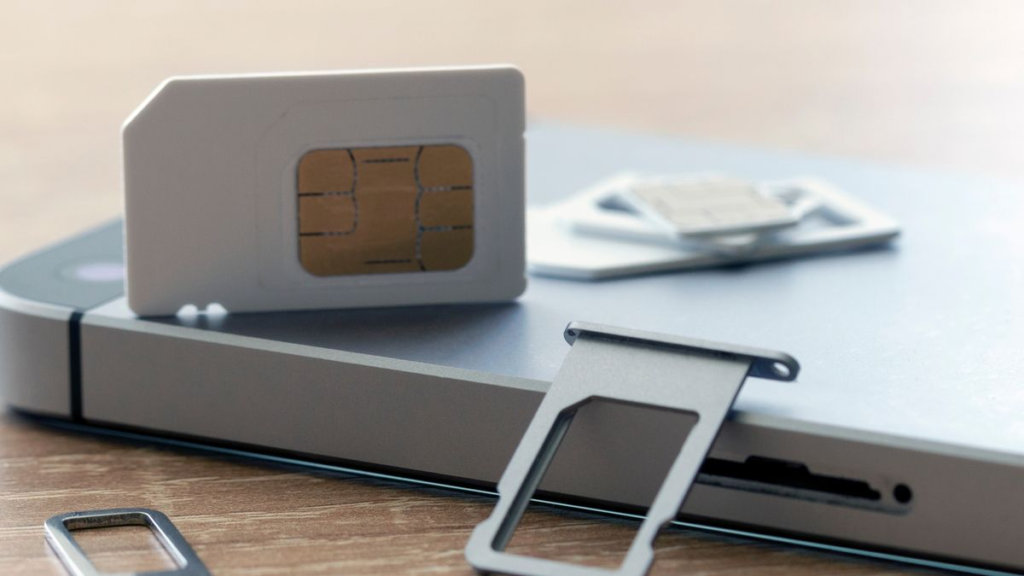
Smart SIM Card Use Cases in 5G Devices and How Enterprises Should Deploy Them
Many enterprises now require a custom-built smart SIM card. New SIM card formats, including embedded eUICCs and iSIMs, enable enterprises to provision and manage devices at scale. 5G, meanwhile, promises low latency and massive device density. Consequently, SIM cards are evolving from simple credentials to platforms for security, connectivity, and lifecycle control. The following sections describe some real-world use cases and provide step-by-step guidance for enterprise deployment.
What a Smart SIM Card actually provides
A smart SIM combines secure identity, remote provisioning, and policy control. First, it securely stores credentials and keys. Second, it accepts remote profiles over secure channels. Third, it can host small applications for device authentication. Therefore, it acts as a root of trust for device identity and management. Industry guides and the GSMA eSIM compliance materials detail these capabilities and the security model.

High-value 5G device use cases
Enterprises see several high-value use cases for smart SIMs in 5G devices. First, private 5G and campus networks use smart SIMs for fast, secure device onboarding and slice-aware authentication. This allows IT teams to gate devices by department or application. Second, automotive telematics and connected vehicles rely on embedded SIMs for global roaming, secure OTA updates, and lifecycle management across markets. Carmakers use eSIMs to remotely push software updates and revoke profiles. Third, industrial IoT deployments use eSIM/iSIM to simplify logistics and enable multi-operator failover. Factories can switch carriers remotely to keep machines online during outages. Fourth, fixed wireless access (FWA) and retail edge devices benefit from remote provisioning and rapid operator switching. As a result, service providers roll out differentiated SLAs and regional operator plans for enterprise customers. Finally, verticals such as healthcare, utilities, and public safety use smart SIMs for secure device identity, emergency fallback, and managed roaming across private and public networks. In practice, these use cases appear in operator and vendor case studies, which show reduced logistics costs and faster time-to-service for global rollouts.
Security advantages and operational resilience
Smart SIMs improve security in two ways. First, they provide hardware-backed keys that resist tampering. Second, they enable secure remote provisioning and rapid revocation. Thus, enterprises can reclaim or reassign SIM profiles without physical swaps. Moreover, 5G standards rely on SIM-based authentication for device trust, which enhances end-to-end security compared with software-only approaches. Reports from GSMA and 5G industry whitepapers explain the authentication model and benefits.

Connectivity orchestration and cost control
With smart SIMs, enterprises centralise connectivity management. They push operator profiles, change APNs, and remotely switch operators. Consequently, they optimise cost by selecting local operators and by controlling roaming. Vodafone’s IoT platform and similar operator offerings demonstrate global SIM orchestration tools that simplify SIM logistics and reduce billing complexity. In practice, this lowers TCO for multi-country deployments.
Deployment best practices for IT and IoT teams
Start with a clear device lifecycle plan. First, select eUICC- or iSIM-capable modules that match the device’s constraints. Second, choose an SM-DP+ / SM-SR (or managed platform) that supports GSMA compliance. Third, test OTA profile delivery, revocation, and fallback behaviour. Fourth, integrate connectivity orchestration into device management (MDM/IoT platforms). Finally, automate certificate and key rotation. Following GSMA compliance and vendor guides reduces launch risks.

Challenges, regulation, and vendor selection
Despite the benefits, challenges exist. First, regulatory and export rules vary by market, and operator contracts differ. Second, iSIM adoption is accelerating but not yet ubiquitous across all chipsets and operators. Third, integration demands engineering effort and vendor coordination. Therefore, evaluate vendor roadmaps and GSMA certification status before large-scale rollouts—also, pilot in representative regions to confirm behaviour under local networks. Recent GSMA and operator analyses indicate uneven adoption; plan accordingly.
Action checklist for deploying Smart SIM Card
To securely deploy a smart SIM card, first determine whether your project is for private 5G, automotive, FWA, or IoT applications. Second, prio


